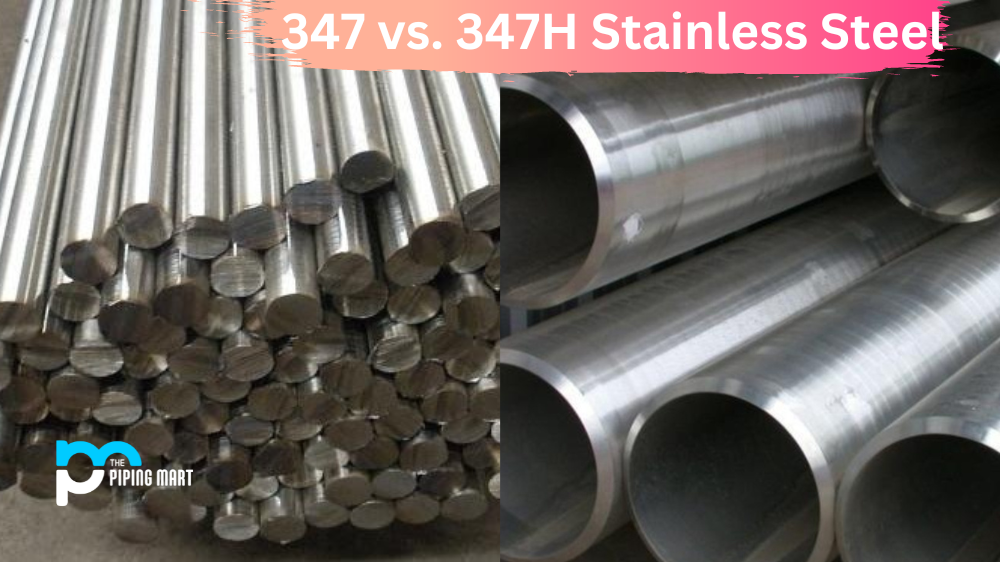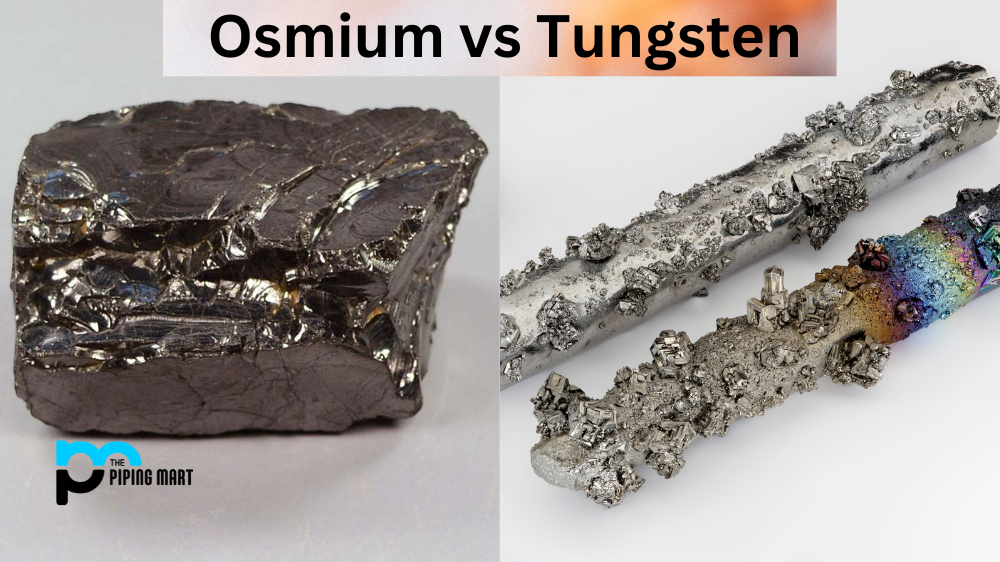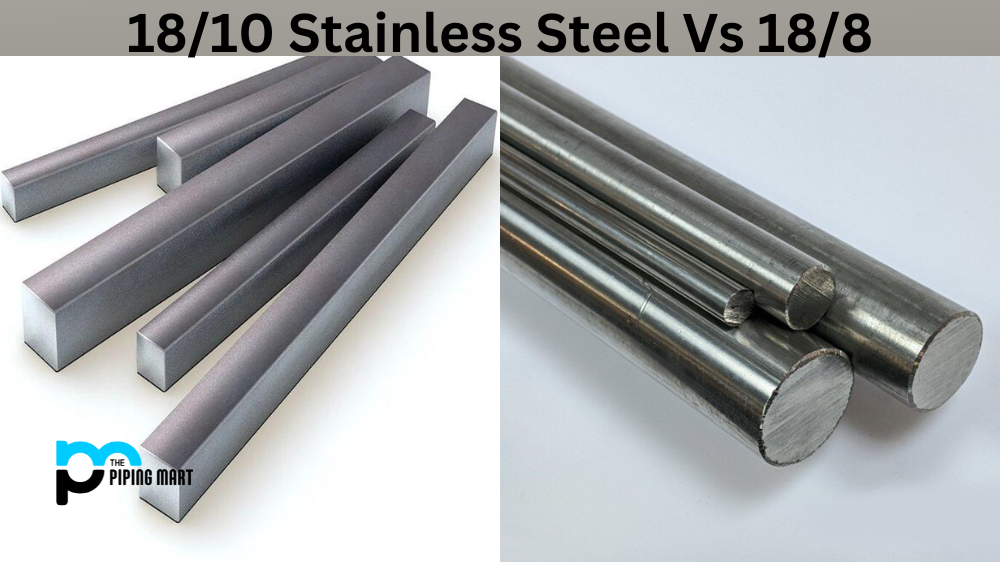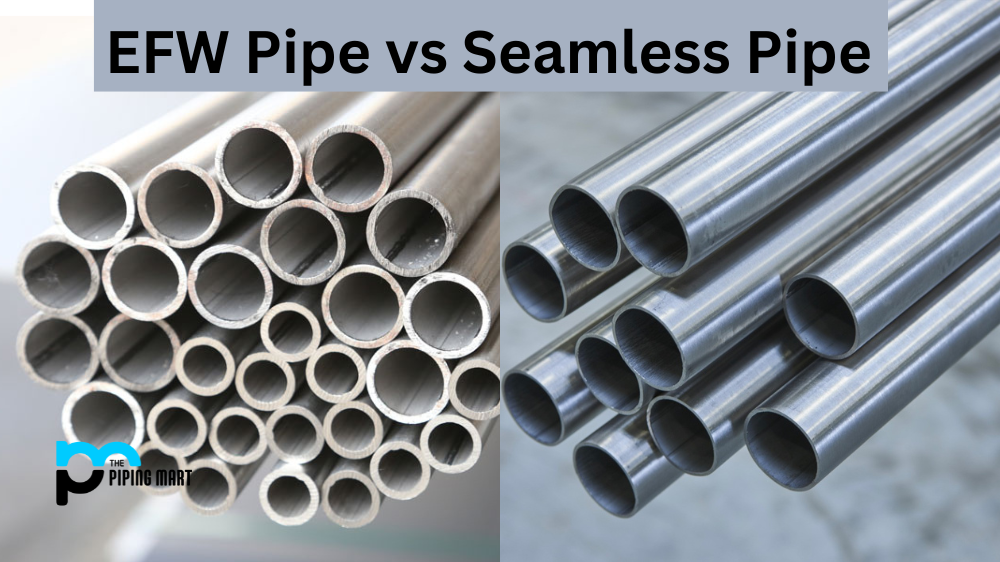Stainless steel is a popular material used in a variety of applications. But what is the difference between the two variations – 347 and 347H stainless steel? Are they interchangeable? In this blog, we’re going to break down what makes these two varieties of stainless steel unique. We’ll also explore which one might be best for your particular project or application.
347 Stainless Steel
347 stainless steel is an austenitic grade that contains chromium, nickel, and columbium stabilized by titanium. This type of stainless steel offers excellent intergranular corrosion resistance after welding or stress relieving. It can operate at high temperatures (up to 1500F) without suffering from carbide precipitation. This type of steel has good strength retention in both high and low-temperature environments, as well as good oxidation resistance.
347H Stainless Steel
The “H” in 347H stands for “high carbon” content. This variety of stainless steel has higher amounts of carbon than standard 347 stainless steel, with increased tensile strength and creep resistance at elevated temperatures. Due to its higher carbon content, this type of stainless steel provides better stress rupture properties than the standard version. It also offers excellent resistance to oxidation in intermittent service up to 1600F and continuous service up to 1700 degrees F.
Difference Between 347 and 347H Stainless Steel
- 347 is an austenitic stainless steel that contains chromium, nickel, and columbium.
- 347h is austenitic stainless steel that contains chromium, nickel, and columbium. It also has a higher carbon content than 347.
- Both 347 and 347h are heat resistant and can be used in high-temperature applications.
- The main difference between 347 and 347h is that 347h has a higher carbon content, which gives it better high-temperature properties.
- Both alloys are non-magnetic and can be used in applications where magnetism is a concern.
- 347h is more expensive than 347 due to its higher carbon content.
- Both alloys are available in a variety of forms, including sheet, plate, bar, pipe, tubing, and fittings.
- Applications for both alloys include aerospace, chemical processing, oil and gas, and power generation.
Conclusion:
If you are looking for a reliable solution for your next project that requires stainless steel, you may want to consider either 347 or 347H based on your application needs. Both types offer excellent corrosion resistance, but if you need increased tensile strength at high temperatures, then the higher-carbon variant – 347H – could be the right choice for your project. Ultimately, it depends on what type of application you are looking for when choosing between these two types of stainless steel materials!

Meet Bhavesh, a seasoned blogger with a wealth of knowledge and experience. From metal products manufacturing to retail, Bhavesh has a diverse background in various industries and is dedicated to sharing his insights and expertise with readers.




